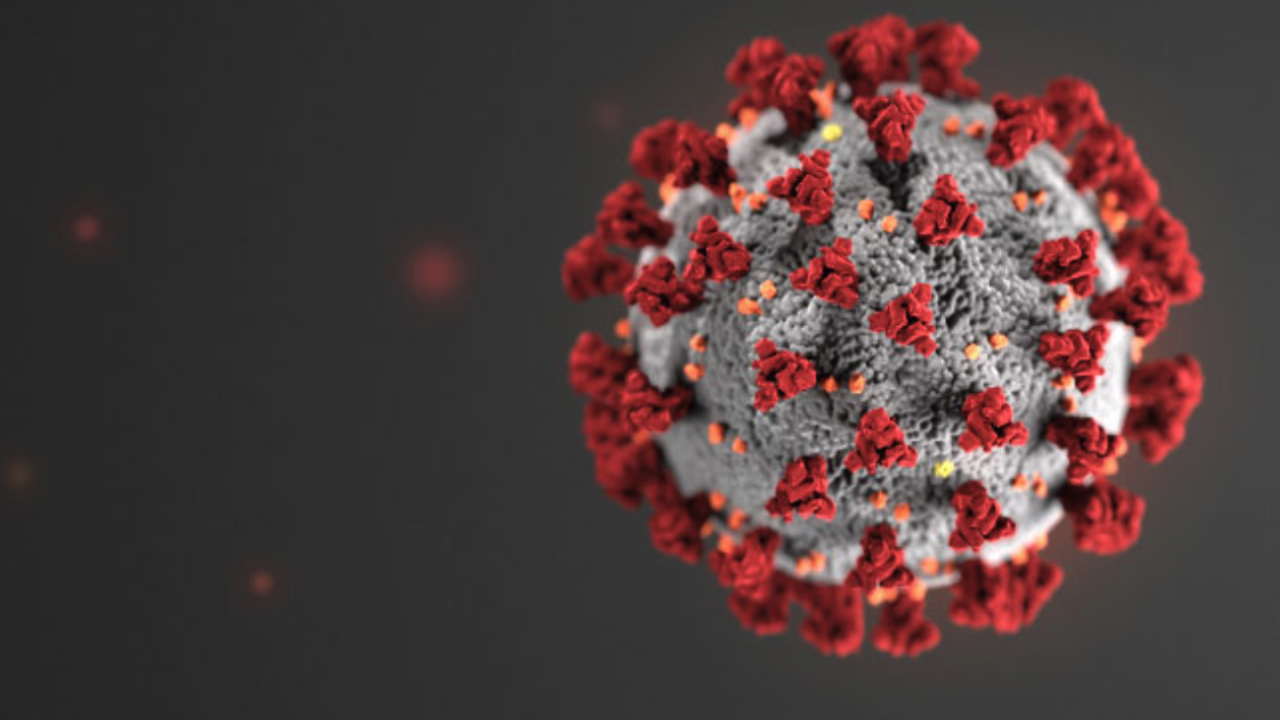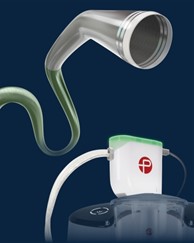By Larry Storer
Mid-level practitioners in the medical field include occupations of nurse practitioners, nurse midwives, nurse anesthetists, clinical nurse specialists and physician assistants, to name a few. In this article, I asked two mid-level practitioners from American Vein & Vascular Institute to share their thoughts on the occupation, its challenges, rewards and future.
On behalf of Vein Therapy News (VTN), I want to thank Angela Cole, MS, PA-C, and Janette Trent, APN-BC for taking the time to answer questions and share their perspective.

Angela Cole, MS, PA-C, is a phlebologist at American Vein & Vascular Institute. Cole earned a Bachelor of Science in Cell Biology and Neuroscience from Montana State University and a Master of Science in Physician Assistant Studies from Rosalind Franklin University of Medicine and Science. Before joining American Vein & Vascular Institute, Cole worked in the fields of internal medicine and bariatric surgery. She has been performing ablation procedures for the treatment of chronic venous disease since 2013. Cole is also a member of the Colorado Academy of Physician Assistants.
Janette Trent, APN-BC, is also a phlebologist at American Vein & Vascular Institute. Trent has been a phlebologist since 2001, having worked and trained with many pioneers in the field of phlebology. In her previous roles, Trent was instrumental in establishing and directing a training program that allowed aspiring phlebologists to complete a preceptorship, which prepared them to complete the rigorous requirements for attaining fellowship with the American College of Phlebology (ACP), and assisted them in establishing their own phlebology practices. Trent earned a Bachelor of Science in Nursing from Indiana Wesleyan University and graduated from the Women’s Health Nurse Practitioner program through the Indiana Family Health Council and Indiana University-Purdue University in Indianapolis.

VTN: Here is a “standard” definition for a mid-level practitioner. How accurate is it?
“Mid-level practitioners, also called assistant practice clinicians, are health care providers who have received different training and have a more restricted scope of practice than physicians and other health professionals in some states, but who do have a formal certificate and accreditation through the licensing bodies in their jurisdictions.”
COLE: It’s accurate only from a textbook standpoint. It doesn’t describe the quality and level of patient care we provide, by any means.
TRENT: This is not a reflective definition from a patient’s perspective. It doesn’t describe what we do. For patients, we are practitioners who diagnose, treat and also perform procedures.
VTN: What are the top challenges you face as a mid-level practitioner, and how do you overcome those challenges?
COLE: By far, my top challenge(s) are: Barriers to care due to issues of insurance reimbursement and electronic medical records (EMRs) which are designed to be efficient but are often the exact opposite.
The insurance reimbursement issues are well-known and hard-hitting to patients and their care givers. It is frustrating and oftentimes heartbreaking to find work-arounds to insurance barriers that still provide the level and quality of care needed for positive patient outcomes.
EMRs are created by people who don’t work in the field. These systems are a massive investment by the physician group and basically, once an EMR is chosen and purchased, you’re stuck with it. If you determine it’s not an ideal fit for your practice, it’s too expensive to change and you have to adapt and live with it. The biggest challenge with EMRs is that they require massive amounts of documentation, and that documentation takes time away from the quality of care you provide to patients.
Let me be clear that my employer (American Vein) chose an excellent EMR system, allowing my colleagues and me to maximize the quality of care we provide to patients, while still properly documenting each case. Throughout my career, I’ve worked with numerous EMR systems and I have not always been blessed with good ones. There is simply no incentive for EMR companies to improve their services, so this will remain a challenge.
TRENT: One of my top challenges is the misconception surrounding mid-levels and our qualifications to treat patients. When I began my career in the mid 90s, there weren’t many mid-level practitioners around and it was a real challenge to be accepted by patients. Today, the mid-level occupation is much more prevalent in the medical field, but I still sometimes encounter patients who are wary of the level of care mid-levels will provide and they are willing to reschedule their appointments to be seen by a physician.
VTN: What do you find most rewarding about your position, and why?
COLE: My phlebology career has afforded me many joyful moments. Phlebology is rewarding because the results of care affect a patient’s life in profound ways. With proper treatment of their condition, patients can regain control in their life. They can resume walking their dog, exercising, sleeping soundly and so much more.
TRENT: Getting to know my new patients and establishing a relationship with them is extremely rewarding. When I first meet these patients, they are in significant amounts of pain and have lifestyle restrictions. I see them often in those first weeks of care and I get to see vast improvements in their quality of life. I meet them at their worst, and one or two months later, they are back to normal activities, nearly pain free.
As an example, Jack (not his real name) is a 48-year-old patient of ours (American Vein) who had leg pain, aching, swelling and fatigue in his legs, particularly at the end of the day after standing all day at work. He works in sales, so he was required to be on his feet for several hours of the day. Because he had no visible varicose veins, it took him about two years after the onset of his symptoms to find his way to us for an evaluation.
In the meantime, his legs were hurting so badly that he had stopped playing golf because he was unable to stand long enough to play without significant leg pain. His initial ultrasound evaluation at American Vein indicated that although he had no visible varicose veins on his legs, he did have considerable venous reflux (faulty blood return out of the legs) in the veins underneath the surface.
We performed three procedures on Jack’s legs to correct this venous reflux, which he tolerated well with no downtime after his procedures. When he returned for his one-month post-treatment evaluation, he was already back to playing golf again without pain and could easily stand for several hours a day at work without pain. He was very happy to have his quality of life back and said that his only regret was that he didn’t know prior to seeing us that venous disease could exist without visible varicose veins.
VTN: How do mid-level practitioners benefit a business/practice management group?
COLE: Having mid-levels in a practice allows more time for caregivers to spend with patients. A PA is an extension of the supervising physician, a resource that allows the physician to be more productive. The PA can diagnose and treat patients, consulting with the supervising physician as needed. The supervising physician is able to conduct more research on patient conditions and also consult with patients who have more severe care needs. We actually make each other more productive and efficient, thereby providing higher levels of patient care.
TRENT: Mid-levels bring convenience to patients. In my practice at American Vein, mid-levels work in close coordination with physicians. Oftentimes, we are able to see patients the same day they call, whereas, they may need to wait several days to see the physician. Because we work in close conjunction with the physician, we can call on them with any questions or challenges that may arise with the patient’s care.
VTN: What changes do you foresee happening in the mid-level practitioner career field over the next three to five years, and in the next decade?
COLE: I believe the occupation of mid-level provider will continue to grow as patients better understand the concept. Patients will become more comfortable in the care of a mid-level provider and understand the important role we play within a provider organization.
TRENT: The scope of the mid-level practice is expanding and will continue to do so. For example, NPs are now able to perform in-office procedures. As the level of care we are allowed to provide expands, our education requirements will increase, as well. Currently, NPs are required to hold master’s degrees and eventually, I think we will need to have our doctorate degrees. VTN




